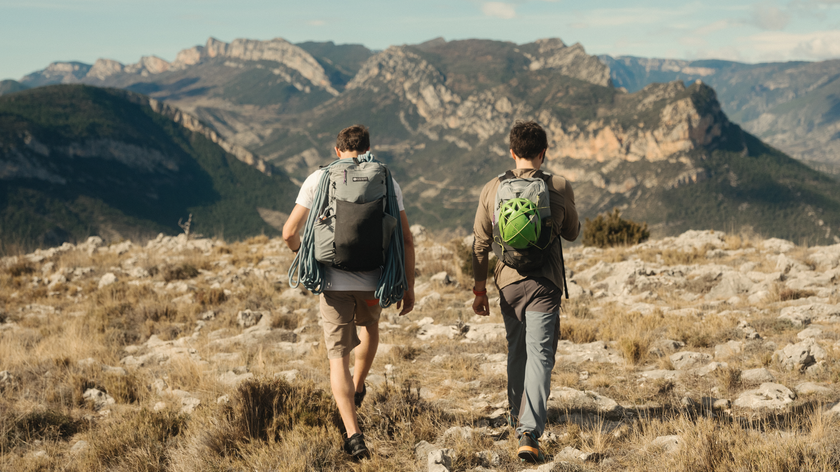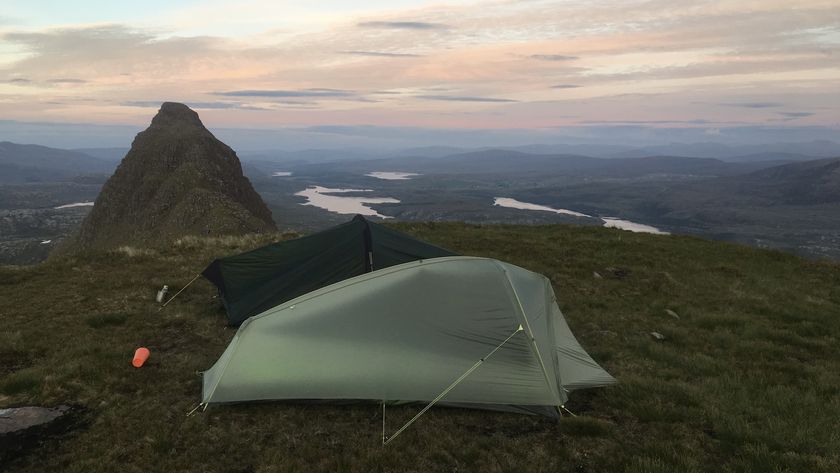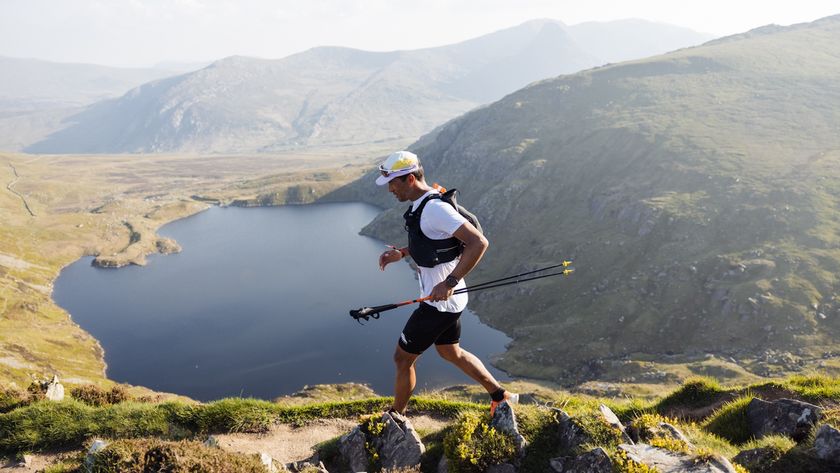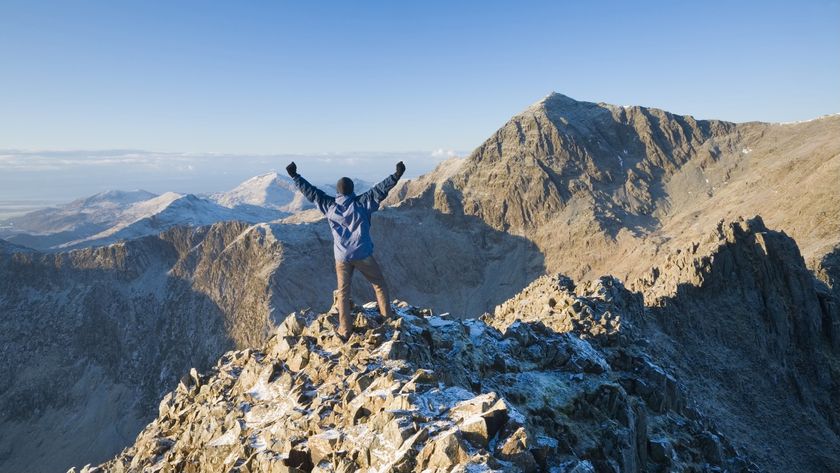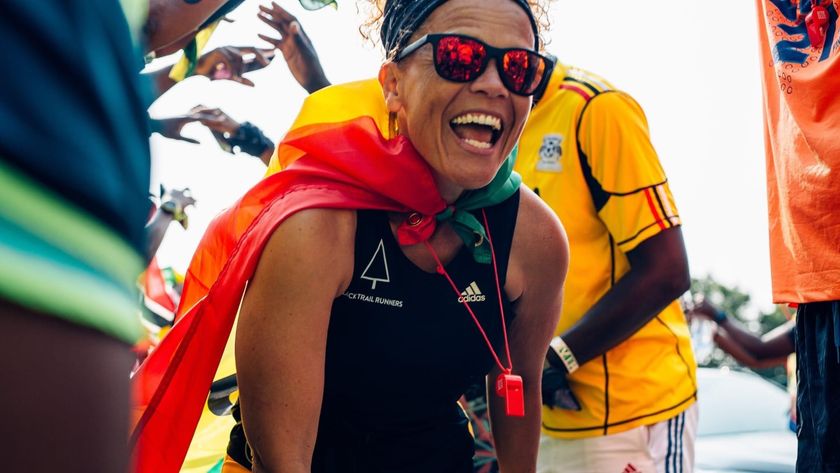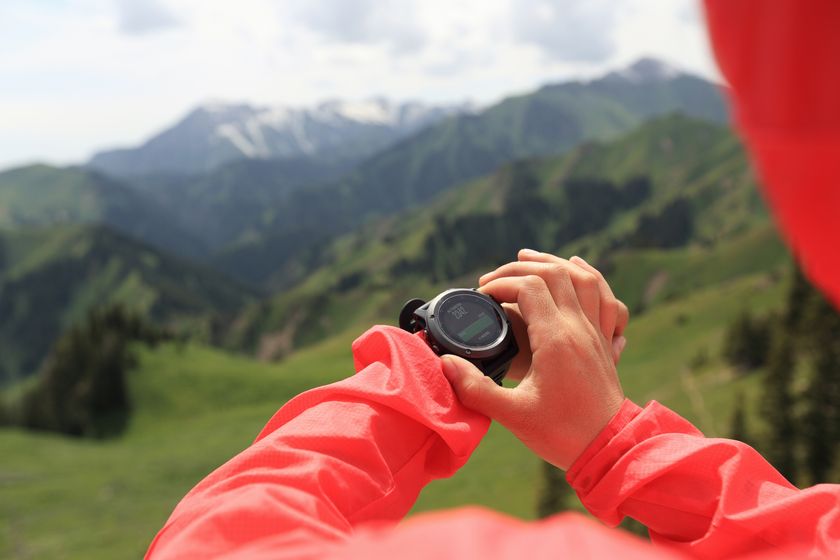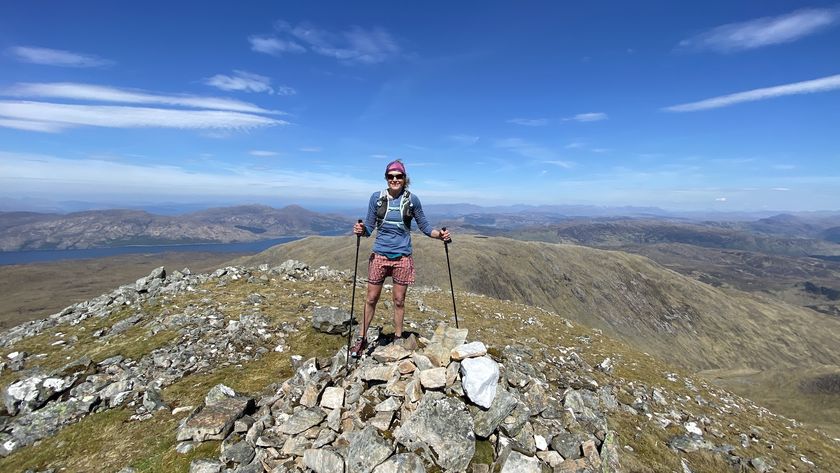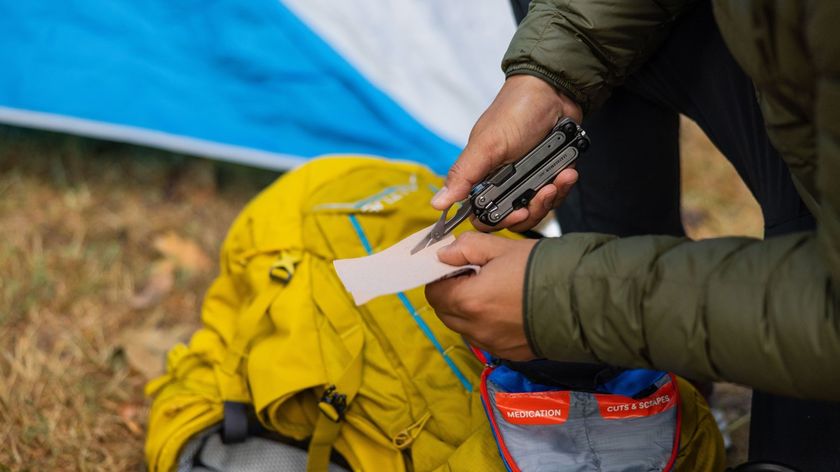How I survived the Fan Dance: tackling the legendary SAS mountain run
It’s more than just a tough day in the mountains, as these tips for navigating one of the UK’s toughest fitness tests explain
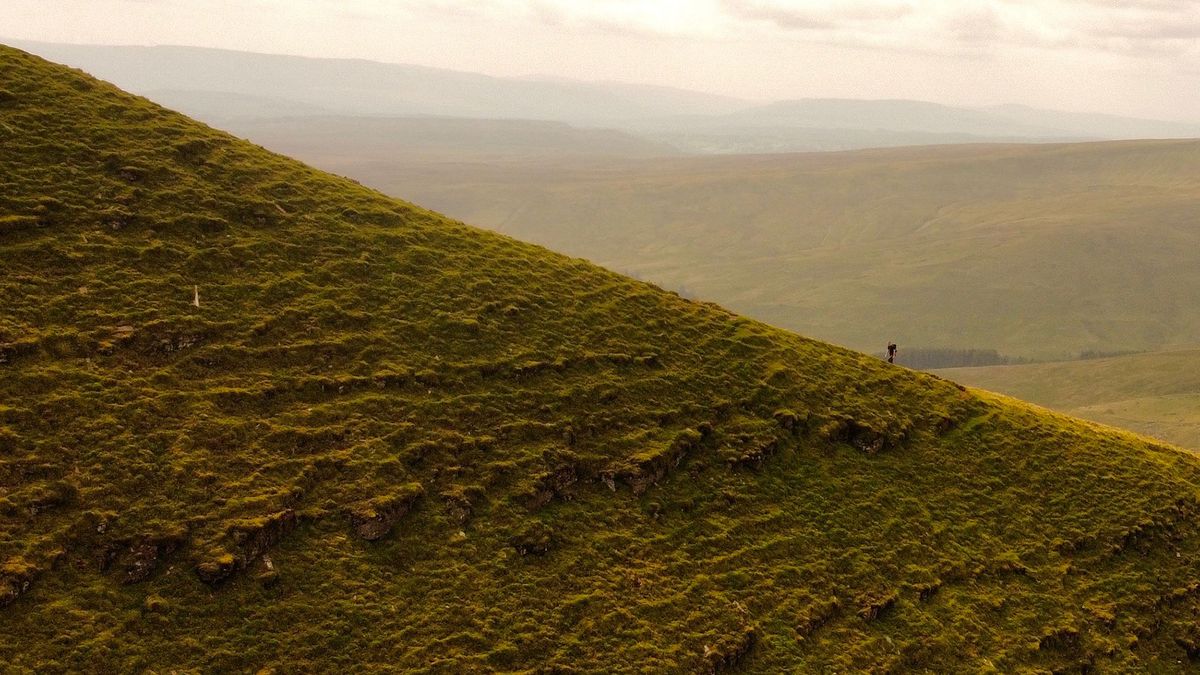
There comes a time in life when, one day, amid the 2.4 children, the mortgage and the weekly shop, you look in the mirror and sigh: “I will never be in the SAS”. Not that you have ever particularly wanted to be in the SAS (Special Air Service), the British Army’s famous special forces unit – the sleeping conditions look awful, for starters. But that romantic notion of being one of the world’s elite excites you, taking on those grueling tests that aim to sort your garden-variety human from those with machine-like levels of muscular and aerobic strength.
One such test is the Fan Dance, a playful sobriquet that belies this challenge’s sheer brutality. It doesn’t involve any dancing (although you will be required to bust some serious moves), but it does involve a "fan". At 886m (2,900ft), Pen y Fan is the highest mountain in southern Britain. Located in Bannau Brycheiniog (the Brecon Beacons) in Wales, a few clicks up the road from Merthyr Tydfil, the Fan is the focal point of an SAS selection test.
And because it’s a mountain, and therefore unlikely to move for the foreseeable future, it’s fair game for anyone wanting to test their mettle. Indeed, if you think you missed your calling, set the sat-nav for South Wales…
What does the Fan Dance involve?
The Fan Dance’s unlikely start line is situated on the A470 at the Storey Arms, a one-time drovers’ inn that has been used as an outdoor education centre since 1971. From here you are tasked with climbing Pen y Fan, by way of Corn Du (871m, 2,664ft). You then descend via Jacob’s Ladder, follow an old Roman Road until you reach Torpantau, then turn smartly about face and do the whole thing in reverse. It’s a total of 14.8 miles with some 3,600ft of vertical ascent.
Things start to get even more spicy when you look at the fine print. Not only do you have to climb a mountain twice, but this has to be done with a backpack or a ‘bergen’ weighing no less than 45lbs, excluding food and water. It should be done in full military fatigues including boots, helmet and rifle, and the march/run should be completed in less than four hours and 10 minutes.
Of course, civilians aren’t expected to rock up to the foot of the mountain brandishing an assault rifle – among a raft of complex logistical issues, it would also be highly illegal – and neither are they expected to rummage through the wardrobe for military clobber. Most undertake the challenge in ‘clean fatigues’, ie trail running shoes and apparel, and weights starting from 25lb. But there’s no compromise on the time cut-off – it’s four hours and 10 minutes or bust!

It was in clean fatigues with a 45lb bergen that I undertook the Fan Dance, finishing just seven minutes inside the allotted time. It wasn’t pretty. So as well as tips from me, I’ve included insights from expert Jason Birch, who served in the UK Special Forces within 264 (SAS) Signals Squadron for most of his career. He’s also the founder and director of The S.F. Experience, an events company which counts an organized Fan Dance among its list of challenges.
Advnture Newsletter
All the latest inspiration, tips and guides to help you plan your next Advnture!
Get your miles in
I had a pretty solid trail running background before I’d even heard of the Fan Dance. I’d completed hilly marathons and even a few ultras so I had a good aerobic base to build on. The good news, however, is you don’t necessarily need years of running experience to start working towards your goal.
“You need to get your hill fitness first, without any weight whatsoever,” says Birch. “Maybe take a little [hydration pack] for water and a bit of food. But you need to just get out on the ground and get miles under the belt. Start off nice and steady – walking is fine – on hilly ground or undulating at the very least. If you haven’t got easy access to this kind of terrain, which a lot of people haven’t, intermittent incline sessions on the treadmill are a very effective substitution.”
Use weights in your training
It’s an odd sensation when you initially start running or jogging with weights. Your body doesn’t quite behave as it’s told – any irregularities on the trail are amplified as your muscles fight to support the extra load. It’s good, then, to start light…
“Only introduce the weight when you’re clean of any injury and introduce the weight slowly,” suggests Birch. “Twenty-five pounds is a good enough introduction weight, enough to be a slight shock to the system, but without necessarily causing any injury. Turn the clock back and start building up distance again using the 25lb and then up the weight and drop back the mileage again.”
Include some gym sessions
I did very little in the way of gym work during my build up to the exercise, but the Fan Dance is very much a full-body workout, and strength and conditioning sessions would probably have yielded a faster time with less chance of picking up an injury.
“It’s not all about the hills,” says Birch. “You need overall fitness as well. When you put a bergen on your back, you’ll be surprised what you’re doing with your shoulders, and anyone that’s carried the weight will testify your shoulders take a hammering – you’re constantly doing shrugs. Stepmills are also an effective tool as they go some way to replicating the brutal steps found on Jacob’s Ladder [the side of Pen y Fan you ascend on the return leg]. Squats are also great for leg and core strength – both very much needed on the Fan.”
Prepare properly
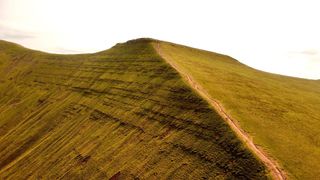
Sometimes even the most meticulously followed physical training plans won’t see you through to the end of such a challenge. I’d recced some of the Fan Dance route prior to my tilt and it was just about enough – but I nearly came unstuck, falling foul of a wrong turn just before the halfway mark. And what I thought was an unassuming length of Roman road transpired to be one of the toughest parts of the test – tough to the point where motivation started to ebb. Had I hiked the course in its entirety during my training phase this wouldn’t have come as a surprise.
“Prepare for success,” encourages Birch. “Reconnaissance is very important in the initial stages of training. Many start the Fan Dance under-prepared, quickly realize that it wasn’t quite what they thought it was and end up dropping out at the first checkpoint.”
Don’t forget to fuel
According to Birch, who analyzes post-event data, Fan Dance entrants will burn between 4,000 and 10,000 calories during the exercise. This makes fueling your effort an absolutely crucial part of planning.
“Prior to the event, the night before, you need to be carbing up,” says Birch. “So a spaghetti bolognaise or something like that with pasta. You need to carb up in the morning too, something like porridge oats with some fruit – this gives a sustained release of energy through complex carbs. During the race I fill a pouch with lots of different types of simple carbs: chocolate, Wine Gums, dry fruit. Flapjacks are also great as they’ve got the syrup in there, which is the simple carbs, and you’ve got the oats, which are the complex carbs.”
It’s also a very good idea to experiment with food prior to the big day – you need to be able to train your gut to take in large quantities of carbohydrate. Introducing too much sugar (or running gels) to an unsuspecting stomach could result in event-ending GI issues.
Pack your bergen sensibly
You might be tempted to add dead weight to your bag. I certainly was – I was accompanied by a bag of sand and several dumbbells on my Fan Dance. But as Birch says, there are plenty of functional items you can fill your bag with.
“I always recommend people put a sleeping bag and liner at the bottom. Then the heavier stuff can go on top and won’t move around in the bergen.
“The pack needs to be high on the back too and tightly cinched so it’s central. You only have to look at rural communities where the people carry loads on their heads. The reason for this is that the human body is designed to take weight from the top, our spines are like coils. So if you put weight to the side, you’re going to be putting your spine out of place.”
Time to dance!
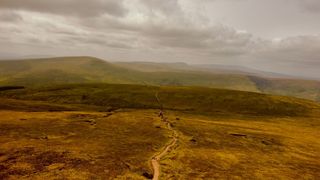
The Fan Dance is a challenge that needs to be respected, and while you’re on the exercise it’s often difficult to appreciate the spectacular amphitheater in which it takes place. Bannau Brycheiniog is a wonderful place to hike at a leisurely pace, but add a time limit and a very heavy backpack into the mix and it loses its sheen somewhat.
So my last piece of advice would be to take some time, prior to the challenge, to go hiking or running in the region. Soak up the ethereal scenery, the incredible contours – allow yourself to become enveloped in a rugged wilderness.
Then come back on race day and beat it into submission.
